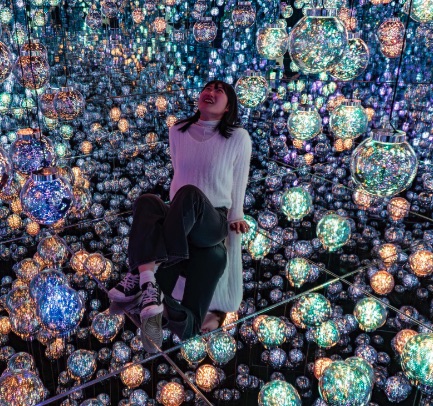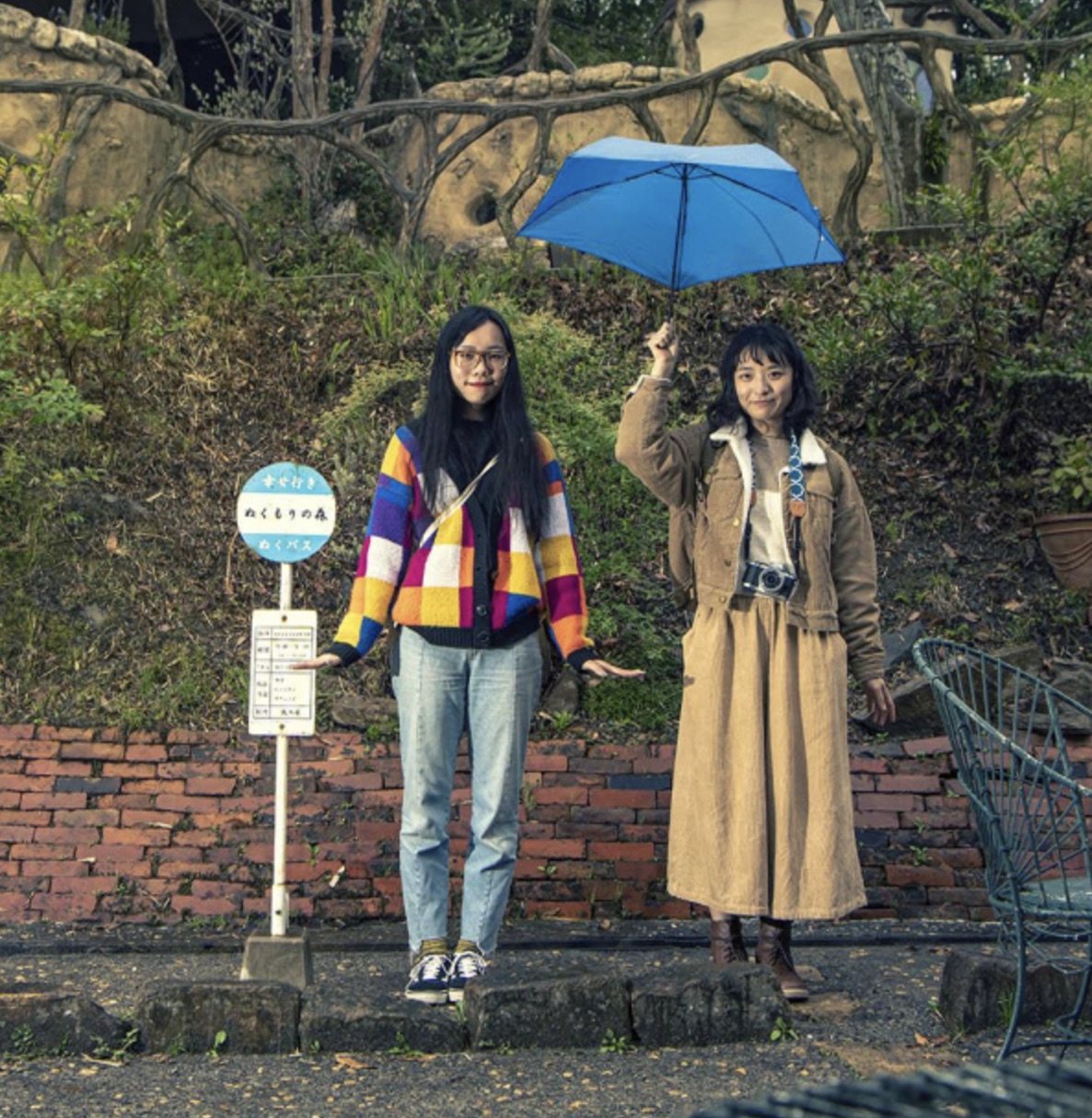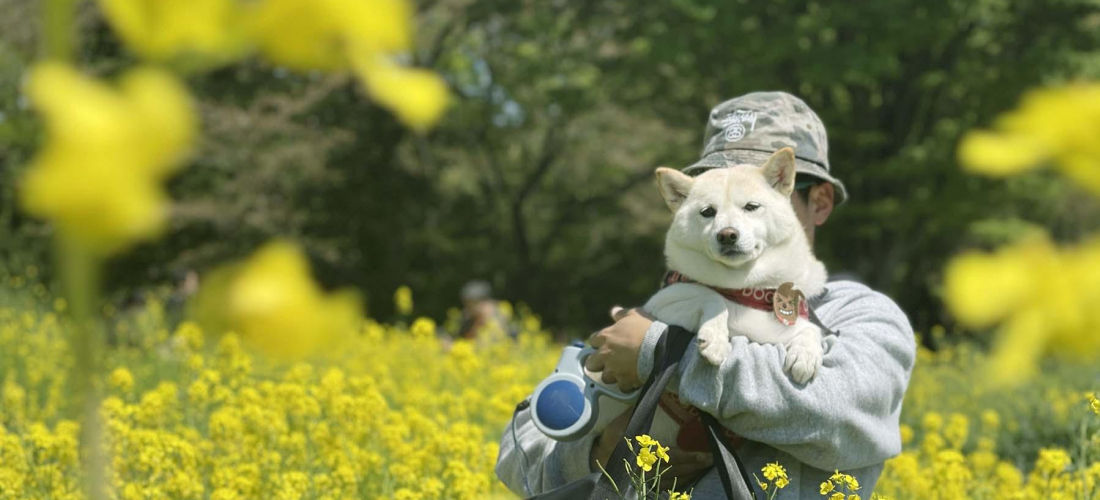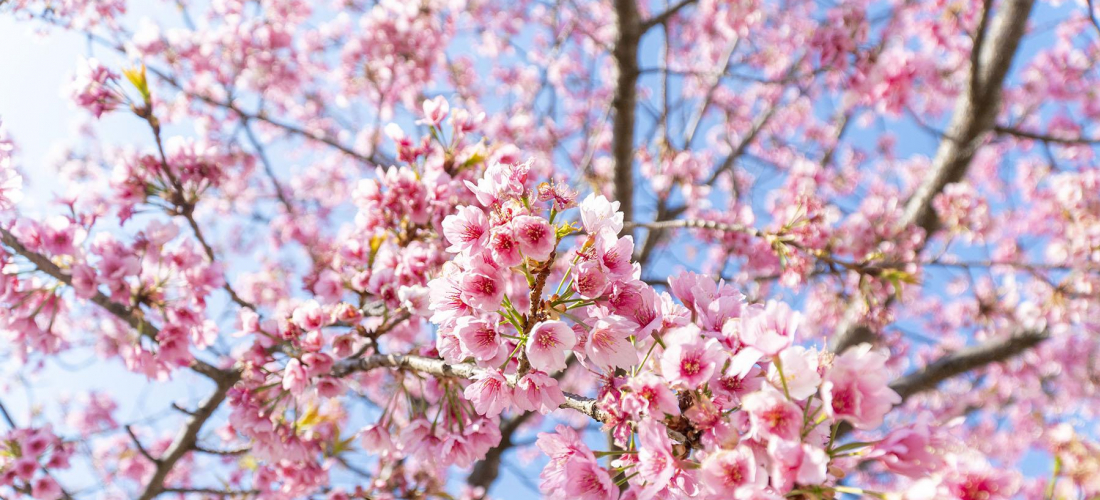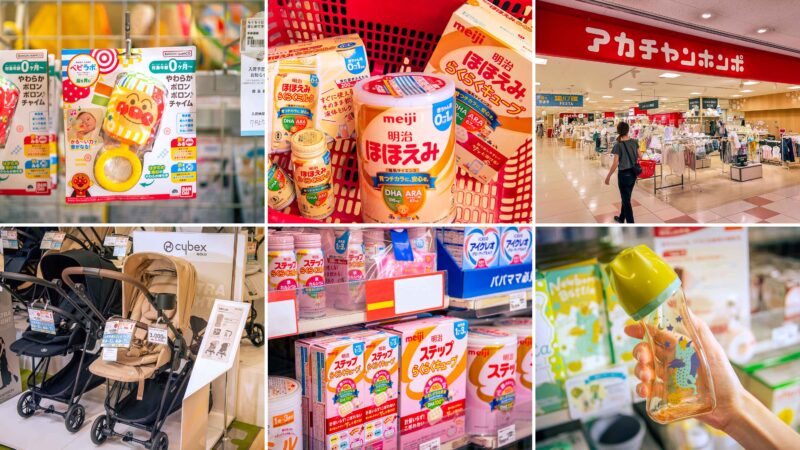
Try Meiji RakuRaku Formula for Easy Family Cherry Blossom Viewing with Your Baby
This article contains sponsored content.
Sakura season is here, and for new parents, it's the perfect time to take little ones out to enjoy the warm weather and relaxing atmosphere. However, even the magic of cherry blossoms in full bloom isn't enough to remove the challenges of going out with a young child, especially when it comes to feeding time. Luckily, we have some helpful Japanese solutions for busy parents! The Meiji RakuRaku Series makes preparing baby's milk quick and simple - it's easy to carry and easy to mix up, so you can have a happy, fed baby throughout your trip to Japan!
CONTENTS
Challenges & Solutions for Traveling With a Baby in Japan

Spring has arrived in Japan, and with it come the country’s long-awaited cherry blossoms! Many families eagerly plan their trips to Japan to coincide with this magical time of year, dreaming of outings under the cherry blossoms, and days enjoying warm spring breezes and blooming trees in Japan’s picturesque gardens. A springtime family trip to Japan has the potential to leave everyone with memories to last a lifetime, but for parents with young children, there’s more to consider than just a fun travel itinerary. Families are often left with some very concrete concerns, like “How do we feed the baby when we’re cherry blossom viewing?”
Traveling abroad can be fun, but for parents, a family trip to Japan requires a lot of preparation. Parents traveling with young children often find themselves packing bottles, formula, measuring spoons, thermoses, and all kinds of other necessary supplies, practically doubling the luggage that needs to be dragged around. And when the time comes to feed your baby, finding a place with hot water to mix up formula can be a hassle, to the point that your baby might already be crying in frustration by the time everything is ready. What was supposed to be a relaxing stroll under the cherry blossoms can quickly turn into a stressful task for parents. Of course, it doesn’t have to – there are some great childcare solutions in Japan, just waiting to be discovered!
The Meiji RakuRaku Series

With a little help from Meiji’s RakuRaku lineup, taking your baby to enjoy the cherry blossoms in Japan is no longer a hassle! The RakuRaku Series is a product line from Meiji, trusted in Japan for their wide range of everyday food products, including baby formula. The milk formula products in this series have designed for different stages of your baby’s growth with the help of 40 years of meticulous research, using data collected from studies on the growth and development of over 200,000 infants across Japan. Meiji’s formula is formulated to be as close as possible to real breast milk, providing complete and balanced nutrition essential for a baby’s development, so parents can rest assured that their little ones are getting all the necessary nutrients. Importantly, Meiji RakuRaku contains only nutritional additives, with no preservatives, artificial sweeteners, flavorings, or colorings.
For Newborns Up to 1 Year Old

The Meiji RakuRaku Series offers options tailored to different stages of your child’s growth, whether they are newborns or active toddlers, and Meiji Hohoemi is designed for newborns – from 0 months up to 1 year old. It contains essential ingredients such as arachidonic acid (ARA), zinc sulfate, sodium ferrous citrate (iron), and fructooligosaccharides, important for supporting the development of your baby. It’s a great solution for busy parents who need a reliable option for keeping baby happy and fed, and it comes in two different convenient forms for different situations.


Meiji Hohoemi RakuRaku Cubes are compressed formula cubes that make the measuring process effortless. Simply drop the cube into the bottle, add hot water, and mix! There’s no need to carry around a scoop, and is ready in seconds with no messy spills!

Meiji Hohoemi RakuRaku Milk comes ready-to-drink in a shelf-stable can, sterilized through UHT processing. Just shake the can gently before opening and pour it into the bottle as is, at room temperature. These features make it ideal for traveling, especially when your baby is suddenly hungry, making it a lifesaver during your trip to Japan! The 200 ml cans have a shelf life of 18 months, while the 120 ml cans can be stored for up to 15 months from the production date.
The two sizes of Meiji Hohoemi RakuRaku Milk (120 ml and 200 ml) also make it easier to adjust to your baby’s appetite, cutting down on waste, or insufficient portions.
Usage Notes:
・RakuRaku milk should be consumed within 2 hours of opening.
・Prior to opening, cans can be stored at room temperature, refrigeration is not required.
・Please check the condition of the can before use, and avoid using if there are any dents or damage.
・Pour the milk into a feeding bottle before giving it to your baby.
For Toddlers Aged 1~3 Years

As your child grows and reaches their toddler years (1~3 y.o.), Meiji Step is the best choice to support their nutritional needs. Meiji Step contains essential nutrients like fructooligosaccharides, ferric pyrophosphate (iron), and docosahexaenoic acid (DHA), and it also comes in two convenient forms.
Meiji Step RakuRaku Cubes are the same convenient compressed formula cubes, which means feeding prep is just as easy for toddlers as with the newborn version. Simply drop the cubes into a baby bottle, add hot water, and it’s ready to drink.


Meiji Step RakuRaku Milk is another ready-to-drink milk formula that provides complete nutrition. It’s ideal for growing toddlers who are starting to explore a variety of solid foods, but still need additional nutrients from milk.
Convenient Japanese Childcare for Every Stage With the Meiji RakuRaku Series
① It’s Easy to Prepare


When using Meiji’s RakuRaku Cubes, all you need to do is drop the formula cubes into your baby bottle and add hot water. In minutes, the cubes dissolve into milk ready for your baby to drink, without any additional tools, containers, or complicated methods. The simplicity of it all means that it’s not just easy for you – even relatives or anyone without much childcare experience can prepare the milk when helping out, and there’s no need to worry about spills or powder getting everywhere.
Easy Instructions (for a 120 ml serving):
1. Add 3 cubes to the bottle (1 cube for each 40 ml of milk).
2. Boil water (at least 70°C) and let it cool slightly before pouring it into a baby bottle. Fill the bottle about ⅔ of the way.
3. Swirl gently to dissolve the cubes, and add more warm or room temperature water to reach the desired amount.
4. Shake gently to ensure the formula is thoroughly mixed and cooled.
5. Once the milk has cooled to a safe temperature, it’s time to feed your baby!
② It’s Easy to Store

Formula powders sold in large cans or tubs usually expire about a month after opening, but Meiji Hohoemi RakuRaku Cubes and Meiji Step RakuRaku Cubes come in smaller packets of five cubes each, so each unopened pack has a much longer shelf life. You don’t have to use all five cubes at once, either – just fold up the plastic to keep air out and clip it closed. Once opened, the cubes are good for about a week.
③ It’s Easy to Carry Around

If you’re planning a family outing with the baby, convenience is an essential factor in everything you pack to bring with you, and the Meiji RakuRaku Series is designed for portability. Since the formula cubes come in small packs of five, you can just grab the cubes you need for the day and go, without the hassle of measuring or portioning out powder from a large can. Plus, each pack of cubes is tightly sealed, protecting the formula against dirt, germs, and moisture. The slim cubes can easily be slipped into the side of a diaper bag, leaving plenty of space for other baby essentials.
Where to Buy Japanese Baby Formula

For parents shopping for baby formula in Japan (whether it’s an urgent errand or a leisurely shopping trip), Meiji RakuRaku products can easily be found at Akachan Honpo, a baby goods store. Akachan Honpo Osakahommachi branch, in the heart of Osaka, is a one-stop shop for all things related to young children and their parents. The selection includes a wide range of products, from maternity essentials to baby care items, clothing, and of course, formula and baby food.
Foreign travelers will be happy to hear that they can also enjoy tax-free shopping at this Akachan Honpo by presenting a foreign passport at checkout. With the Japanese yen currently as weak as we can remember, now is the perfect time to get some great deals on Japanese baby goods, before exchange rates once again start to shift. Fill your cart with formula and all kinds of other baby essentials, and enjoy all the novelty of Japan’s childcare product industry without hurting your wallet.
The store accepts both cash and credit cards, and English-speaking staff are available to assist, making the shopping experience smooth even for those who don’t speak Japanese. Stop by and stock up before heading out for some cherry blossom viewing with the family, to ensure you have everything you need for your baby. Adding just a little bit of convenience to your family outing will give you more room to make precious memories with the ones you love most!

Akachan Honpo Osakahommachi Branch (アカチャンホンポ 大阪本町店)
Minamihommachi 3-3-21, Chuo-ku, Osaka City, Osaka
Hours: 10:00 – 20:00 (open every day)
Directions: Take the Midosuji Subway Line (Red Line) to Honmachi Station (M18), use Exit 7 or 9
*If you need to use the elevator, Exit 7 is closer to the entrance with elevator access.
Cherry Blossom Viewing Recommendations in Osaka
Once you’ve purchased and packed up everything you need for the baby while exploring Japan, you’re all set to enjoy cherry blossom season! If you’re not sure where to start, we’ve put together a quick guide to some of the top sakura spots in Osaka!
① Osaka Castle Park


When it comes to cherry blossom viewing in Osaka, Osaka Castle Park is definitely a must-see. Over 3,000 cherry trees bloom together to turn the entire park into a dreamy pink wonderland, and strolling under the blossoms while admiring the historic castle makes for an unforgettable experience. Picnics are a classic cherry blossom viewing tradition, and for families with young children, laying out a blanket (or a blue tarp) under the cherry trees offers a perfect chance to relax and soak in the traditional Japanese atmosphere without too much overstimulation. There are stalls selling Japanese snacks and drinks scattered throughout the area, so older kids and adults will also have plenty to eat while enjoying the scenery.
Osaka Castle Park (大阪城公園)
1-1 Osaka Castle, Chuo-ku, Osaka City, Osaka
Hours: 24/7 (park hours)
Admission: park access is free, an additional fee is required to enter the castle
Directions: Take the JR Osaka Loop Line to Osakajokoen Station, about a 10~15 minute walk from the area with the most cherry blossoms
Official Website (jp)
▶︎ Cherry Blossom Season Forecast
According to the seasonal forecasts from Weather News, Osaka’s cherry blossoms are expected to begin blooming around March 26th and reach full bloom around April 3, lasting for about a week before the petals start to fall.
② Minamitenma Park


Located along the Kyu-Yodo River, the highlight of Minamitenma Park is the scenic riverside walking path that stretches along the calm banks beneath a canopy of pink blossoms. The park has plenty of areas to sit and rest, as well as open spaces where children can play and enjoy the fresh air. Of course, there are also plenty of picturesque spots perfect for capturing family memories to last a lifetime. Note that the park does tend to get crowded during cherry blossom season – parents will want to keep a close eye on little ones so they don’t get lost!

Minamitenma Park (南天満公園)
4 Tenma, Kita-ku, Osaka City, Osaka
Directions: Take the subway to either Temmabashi Station or Kitahama Station, each about 4 minutes from the park on foot.
③ Expo ’70 Commemorative Park

Another of Osaka’s most famous cherry blossom spots is Expo ’70 Commemorative Park, which was built on the site of the Japan World Exposition held in 1970. The park is divided into several zones, and the most popular spot throughout much of the year is the iconic Tower of the Sun, an enormous structure built by artist Taro Okamoto for Expo ’70, which has become a beloved Osaka landmark. In spring, the cherry blossoms and other beautiful flowers take the spotlight, painting the park with swathes of pale pink and other vibrant colors.

Expo ’70 Commemorative Park (万博記念公園)
Senri Expo Park, Suita City, Osaka Prefecture
Hours: 9:30 – 17:00 (final entry 30 min before closing)
Admission: adults 260 yen | middle & elementary school students 80 yen
Directions: Take the Osaka Monorail to Bampaku-kinenkoen Station, exit to the left to enter the park.
Official Website (jp)
For Peace of Mind, Try Meiji RakuRaku Formula for Your Japan Trip & Beyond

With just one convenient addition to your diaper bag, taking the newest members of your family to see the cherry blossoms in Japan no longer feels like such a hassle! Preparing formula for feeding times is simple and quick with the help of the Meiji RakuRaku lineup, allowing the whole family to fully enjoy the beauty of cherry blossom season, and the precious time spent traveling together in Japan. Of course, this convenient baby formula is great for any trip – whether you’re heading out to see the sakura, or the rest of the world, Meiji’s RakuRaku Milk is ready to go anywhere, anytime, making every journey smoother!
For more info and updates from Japan, check Japankuru for new articles, and don’t forget to follow us on X (Twitter), Instagram, and Facebook!





 >> Find out more at Japankuru.com! (link in bio)
#
>> Find out more at Japankuru.com! (link in bio)
#





 The Robot Restaurant is gone, but the Samurai Restaurant is here to take its place. Check it out, and don't forget your coupon!
The Robot Restaurant is gone, but the Samurai Restaurant is here to take its place. Check it out, and don't forget your coupon!
 신주쿠의 명소 로봇 레스토랑이 사무라이 레스토랑으로 부활! 절찬 쿠폰 발급중
신주쿠의 명소 로봇 레스토랑이 사무라이 레스토랑으로 부활! 절찬 쿠폰 발급중
 18歲以上才能入場的歌舞秀,和你想的不一樣!拿好優惠券去看看~
#tokyo #shinjuku #samurairestaurant #robotrestaurant #tokyotrip #도쿄여행 #신주쿠 #사무라이레스토랑 #이색체험 #할인이벤트 #歌舞伎町 #東京景點 #武士餐廳 #日本表演 #日本文化體驗 #japankuru #japantrip #japantravel #japanlovers #japan_of_insta
18歲以上才能入場的歌舞秀,和你想的不一樣!拿好優惠券去看看~
#tokyo #shinjuku #samurairestaurant #robotrestaurant #tokyotrip #도쿄여행 #신주쿠 #사무라이레스토랑 #이색체험 #할인이벤트 #歌舞伎町 #東京景點 #武士餐廳 #日本表演 #日本文化體驗 #japankuru #japantrip #japantravel #japanlovers #japan_of_insta
 코지마 x 빅 카메라 쿠폰으로 일본 가전 제품 쇼핑하기
#pr #japankuru #japanshopping #kojima #biccamera #japaneseskincare #yaman #dji #osmopocket3 #skincaredevice #日本購物 #美容儀 #相機 #雅萌 #日本家電 #일본여행 #면세 #여행꿀팁 #일본쇼핑리스트 #쿠폰 #일본쇼핑 #일본브랜드 #할인 #코지마 #빅카메라 #japankurucoupon
코지마 x 빅 카메라 쿠폰으로 일본 가전 제품 쇼핑하기
#pr #japankuru #japanshopping #kojima #biccamera #japaneseskincare #yaman #dji #osmopocket3 #skincaredevice #日本購物 #美容儀 #相機 #雅萌 #日本家電 #일본여행 #면세 #여행꿀팁 #일본쇼핑리스트 #쿠폰 #일본쇼핑 #일본브랜드 #할인 #코지마 #빅카메라 #japankurucoupon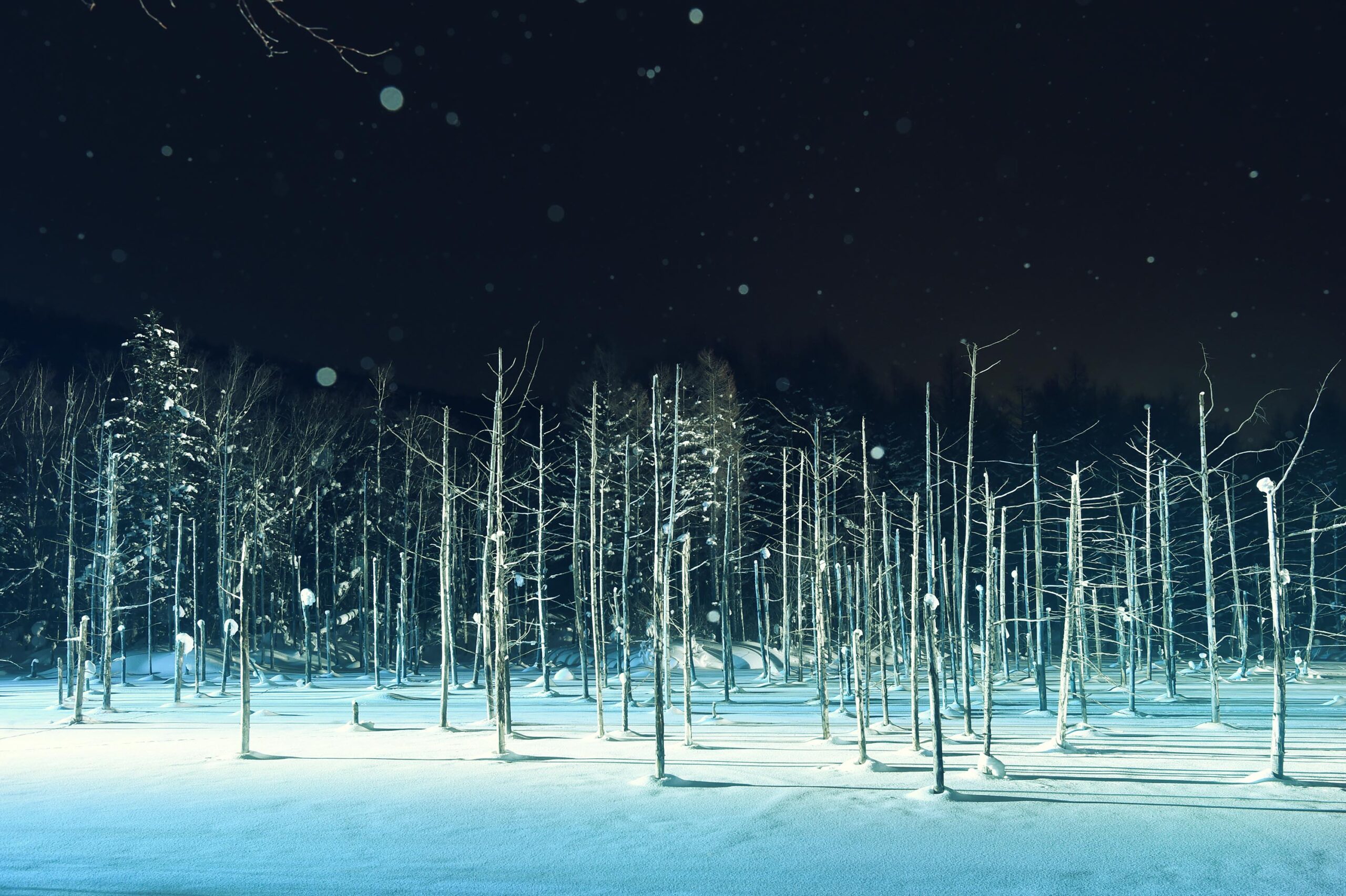
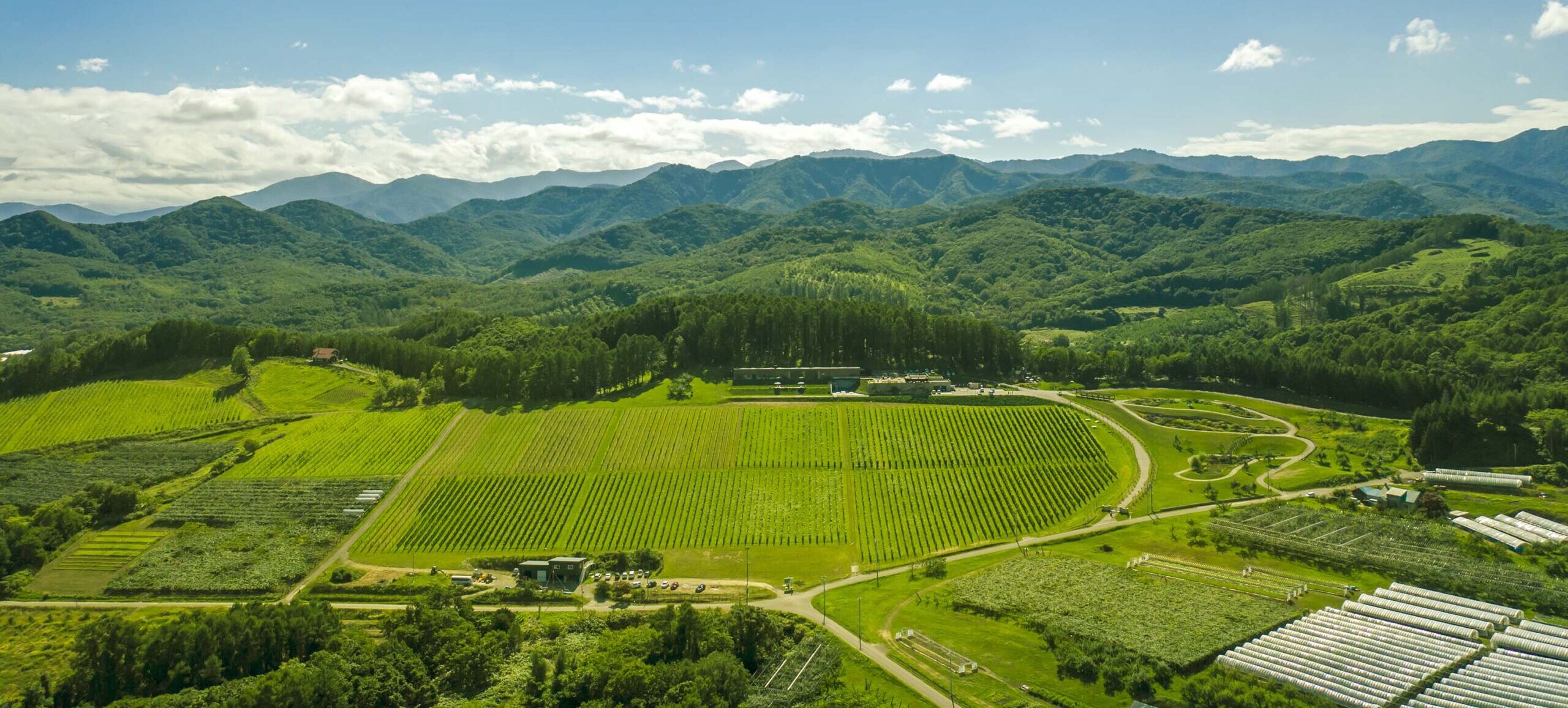
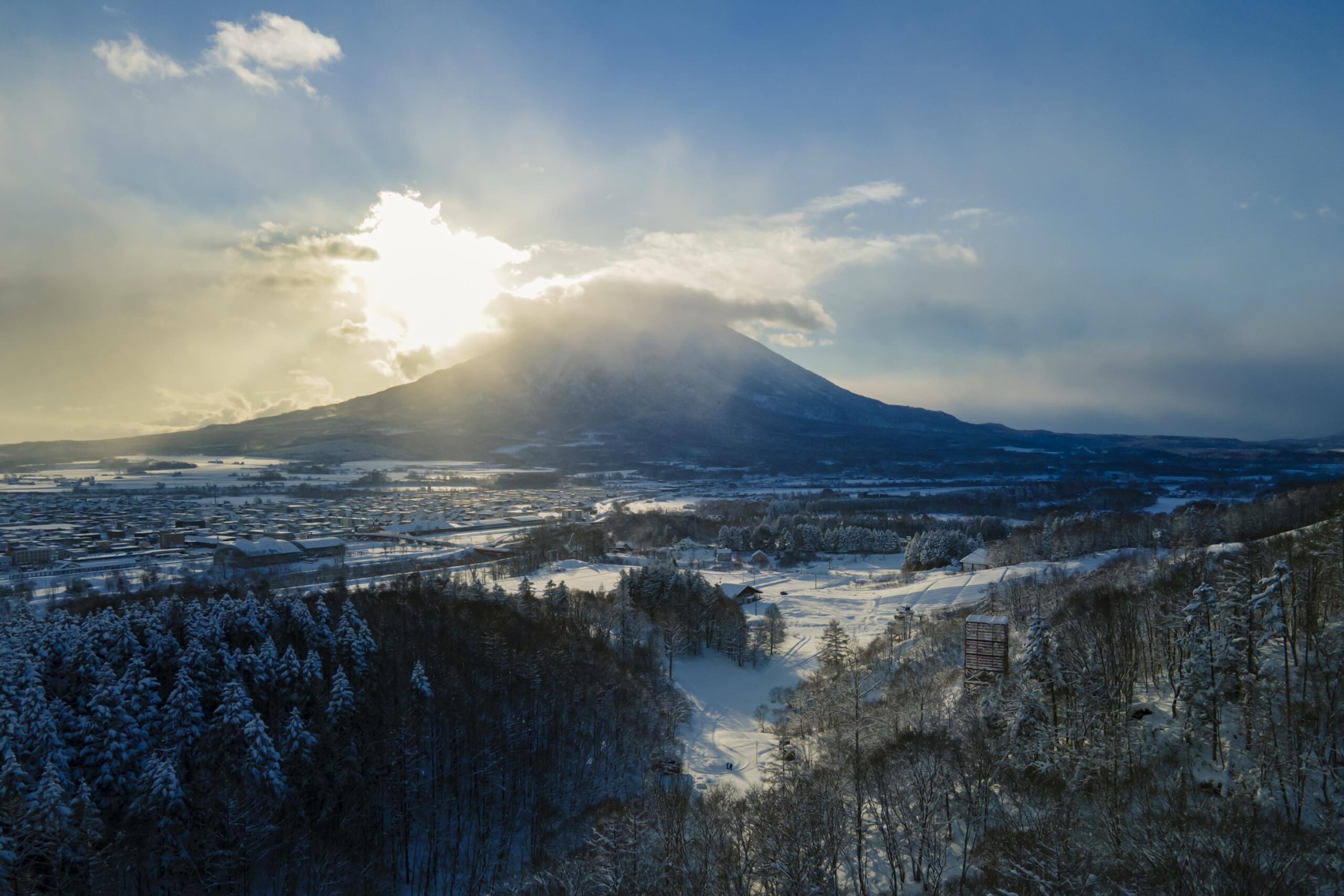
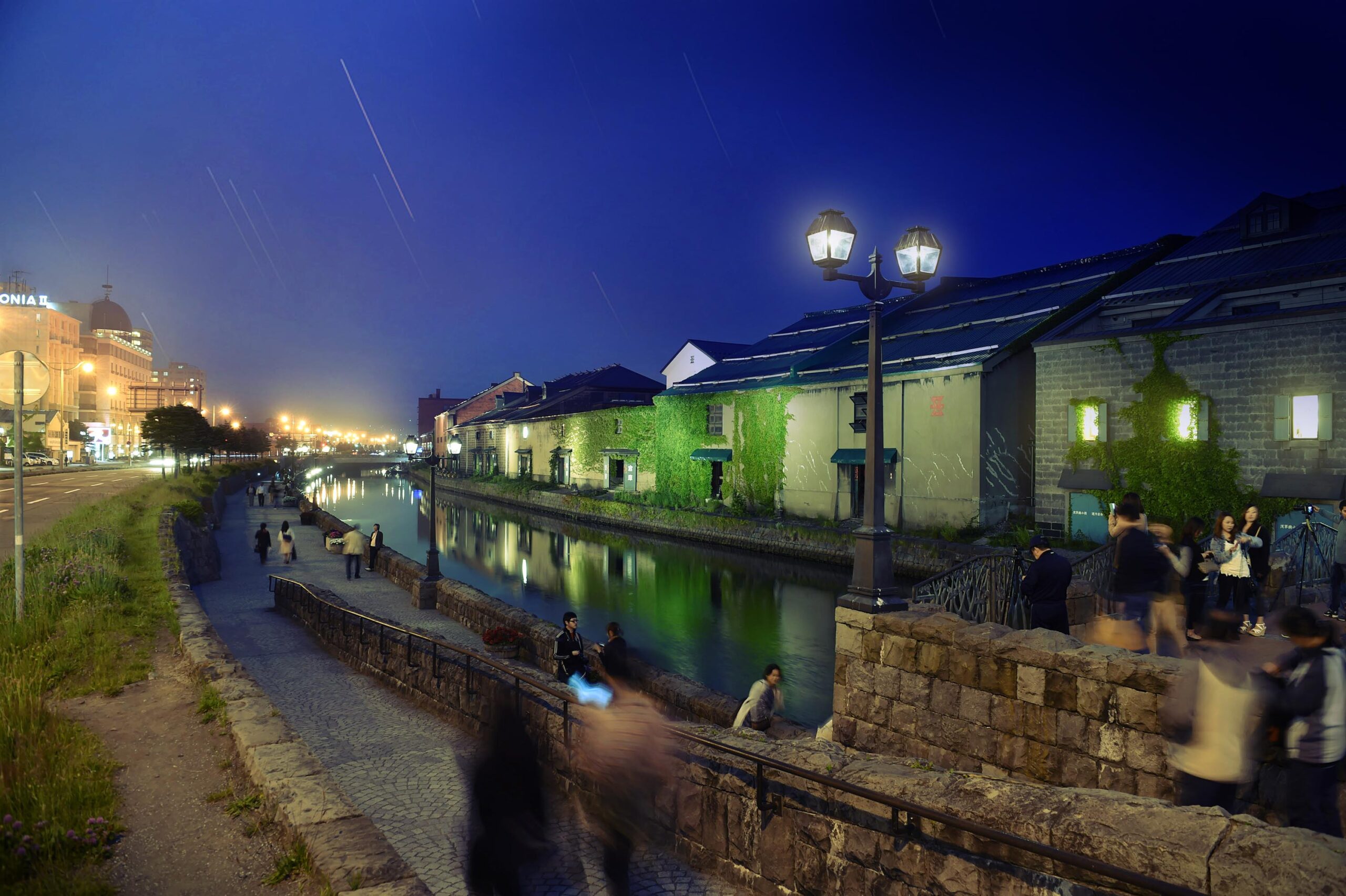

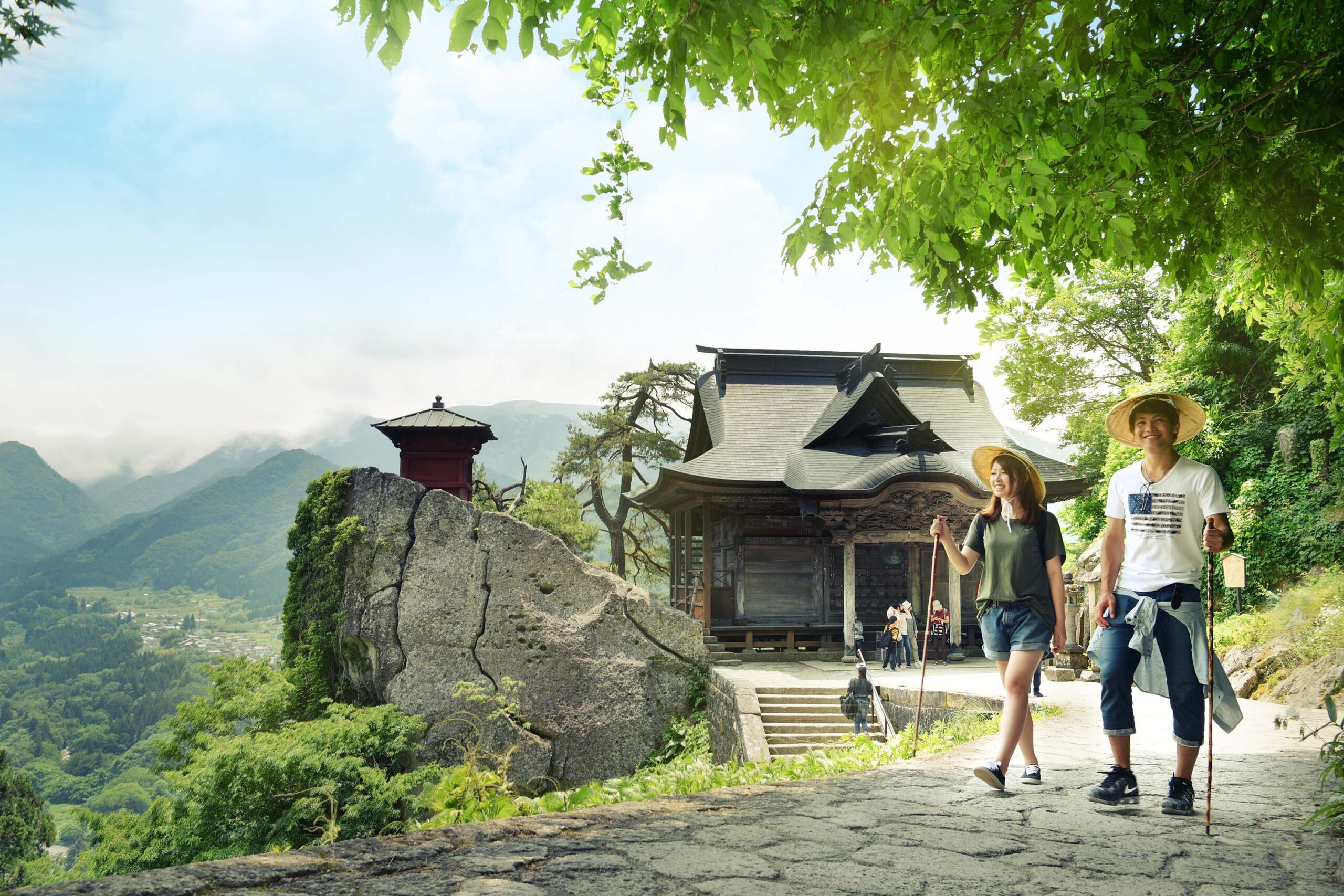
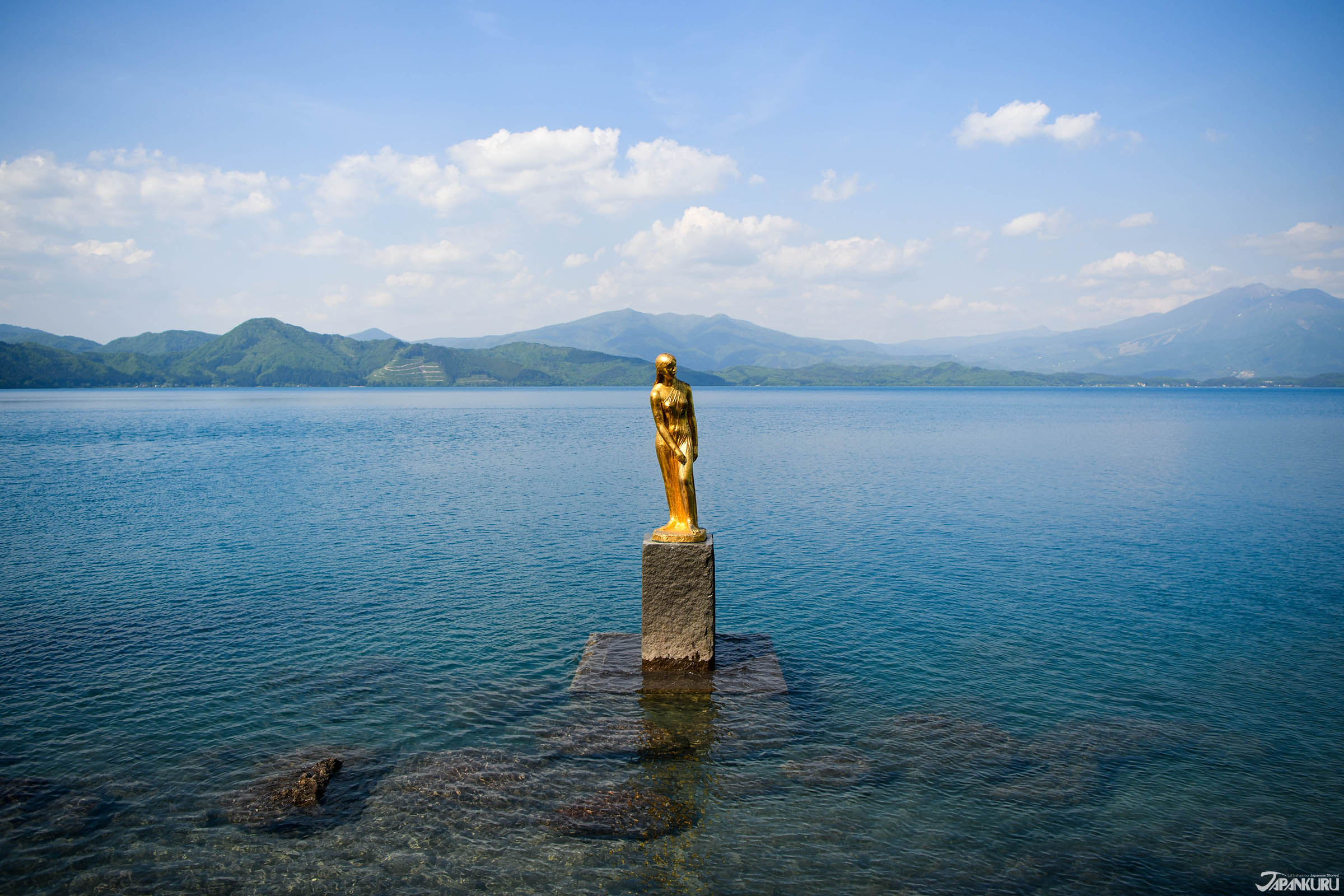
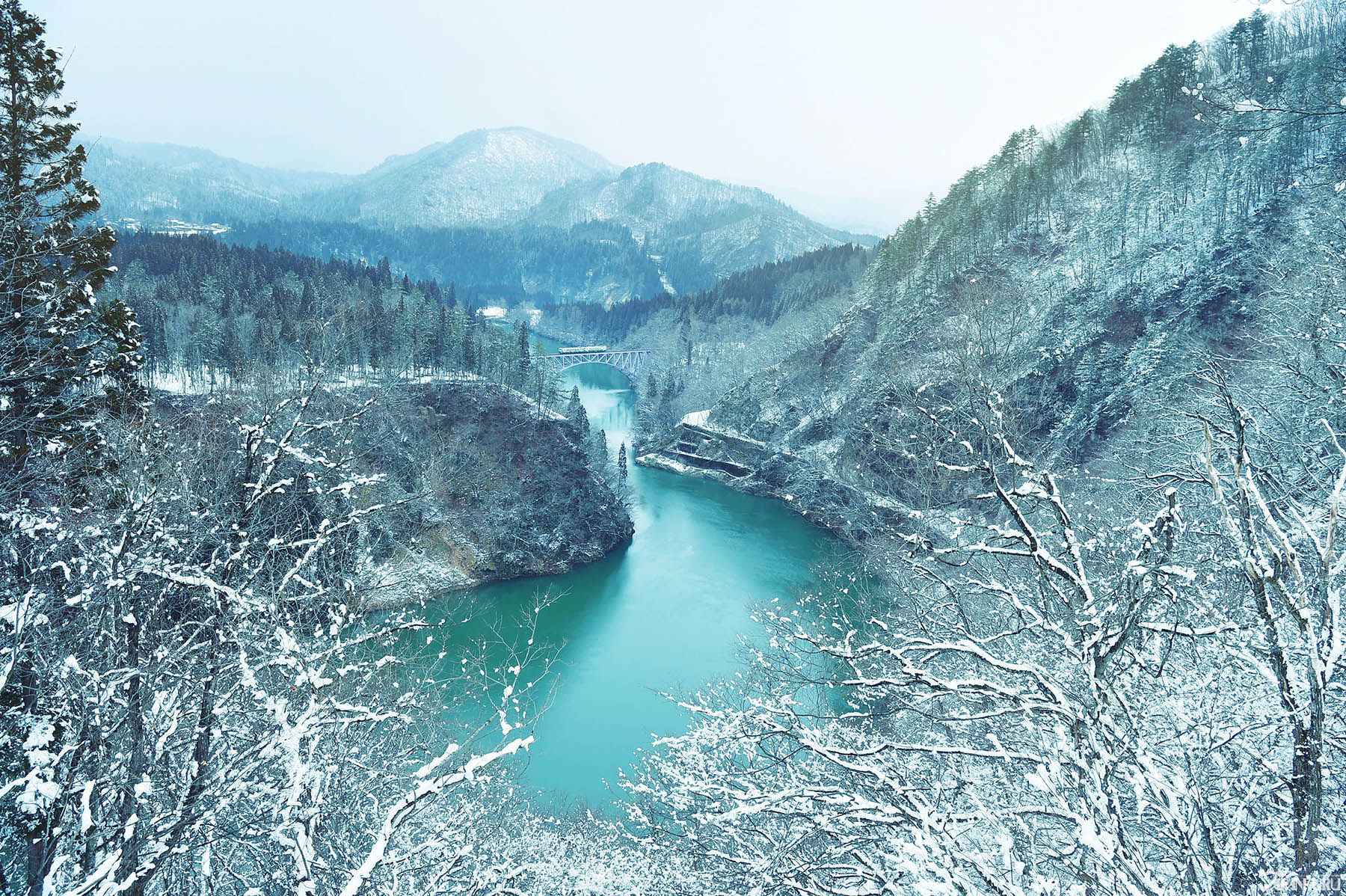
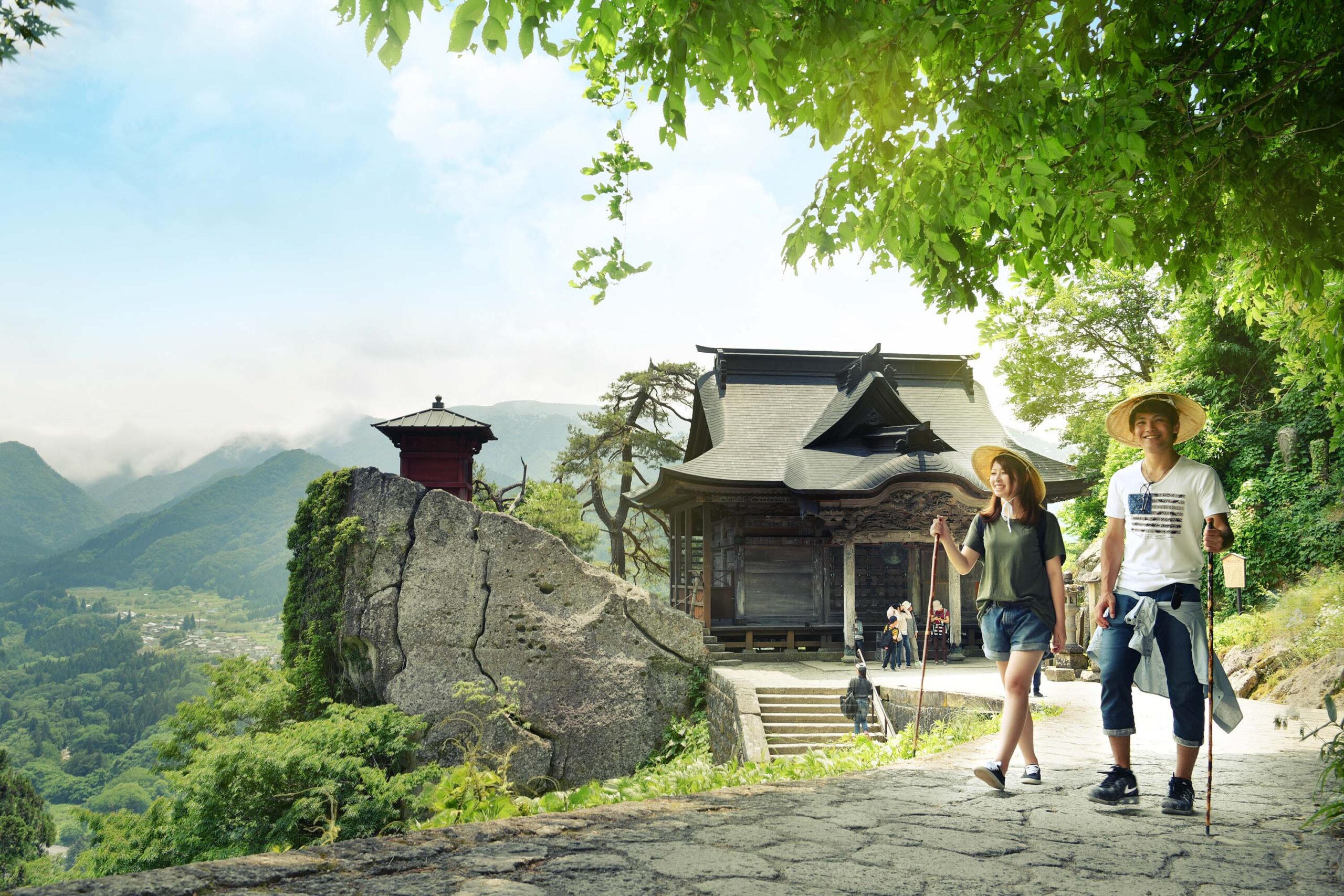
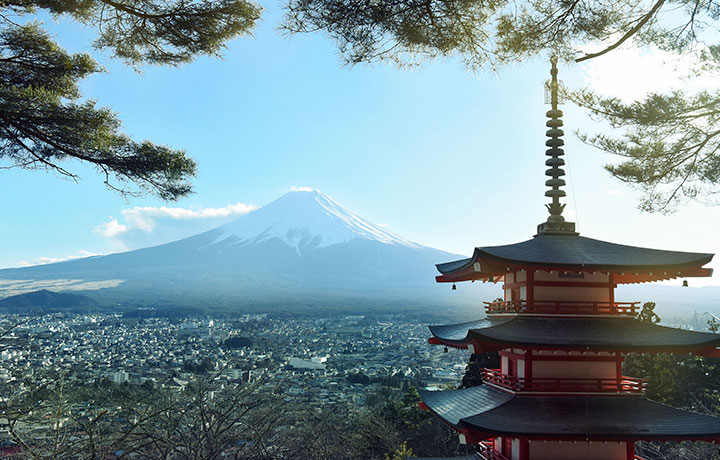
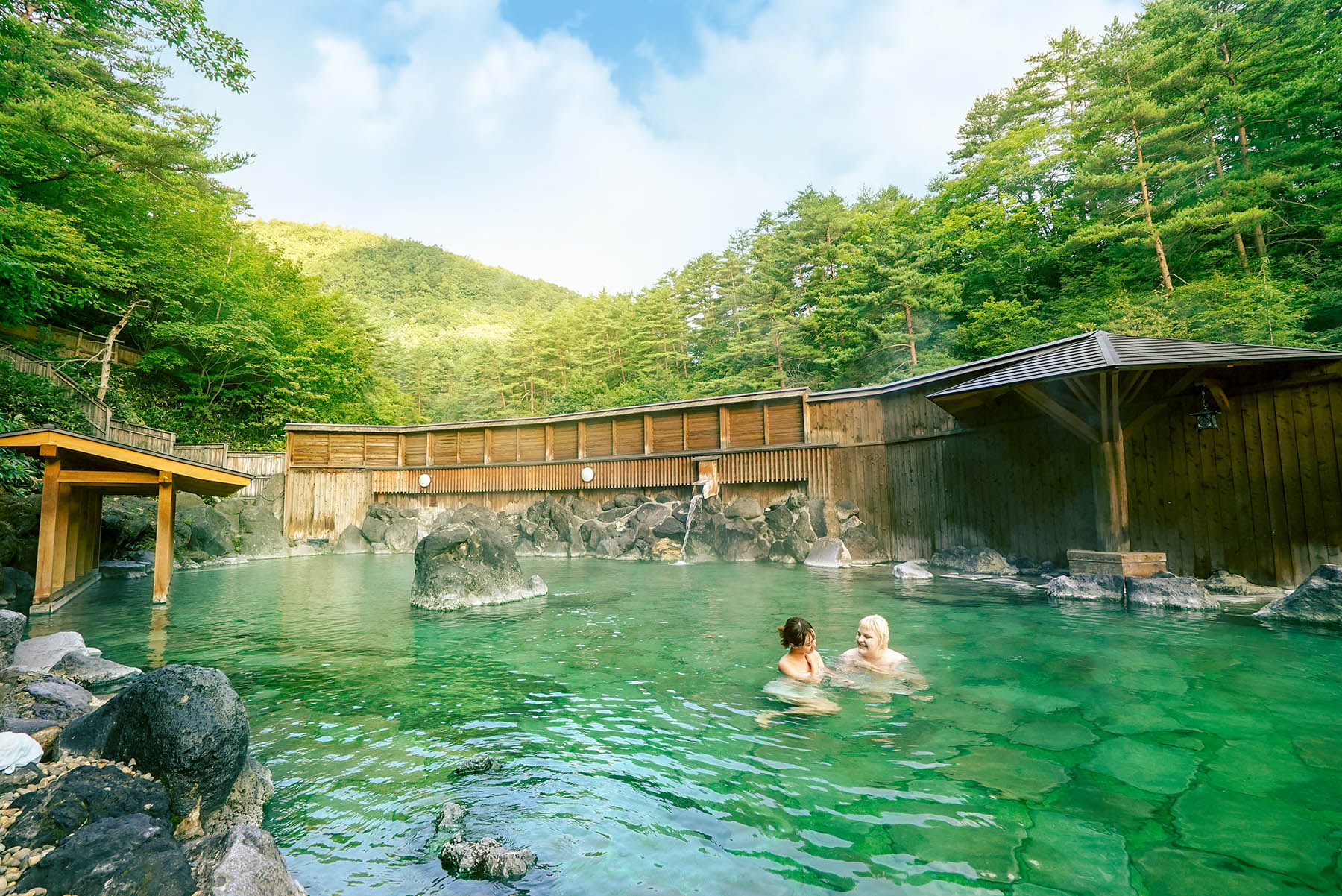
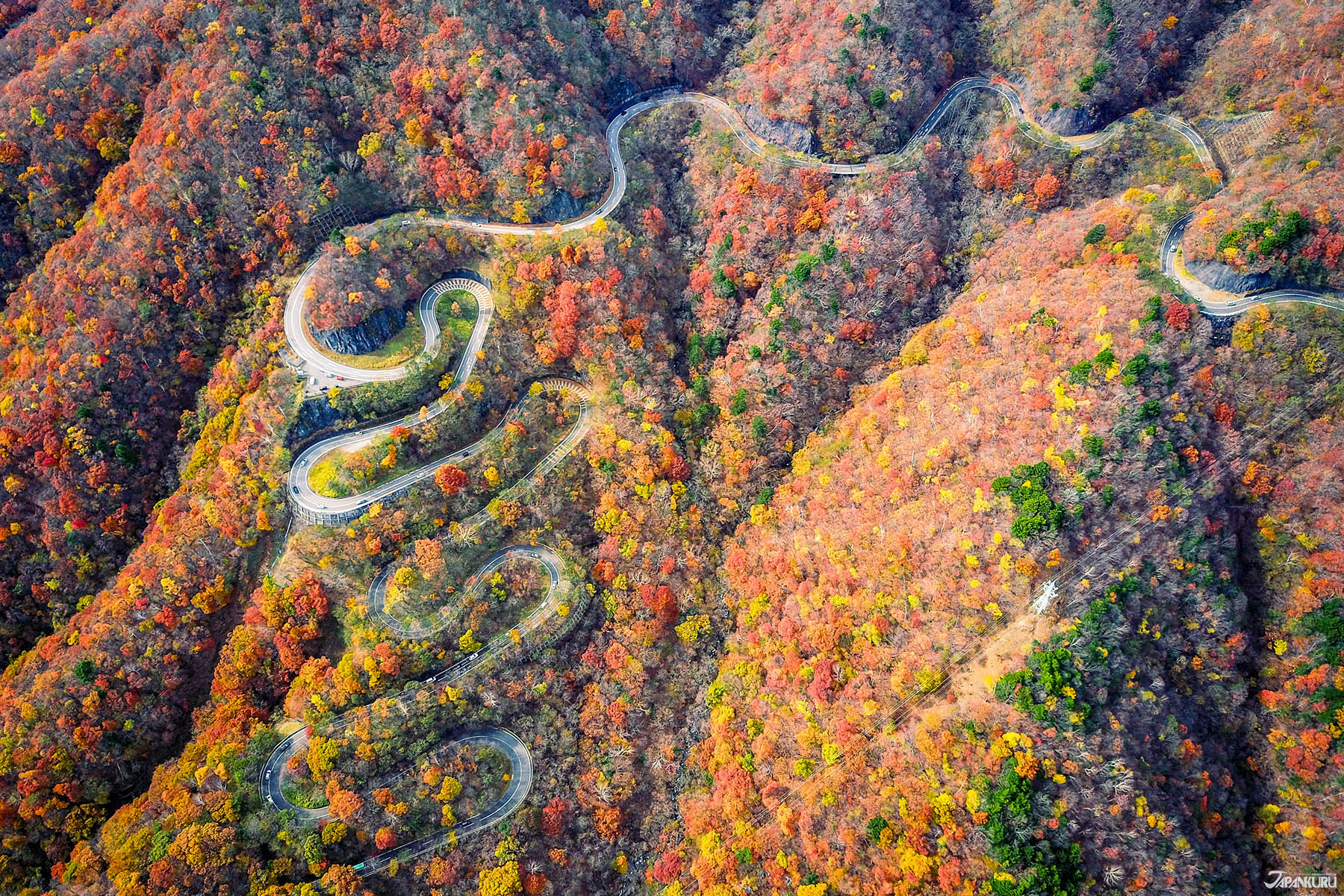
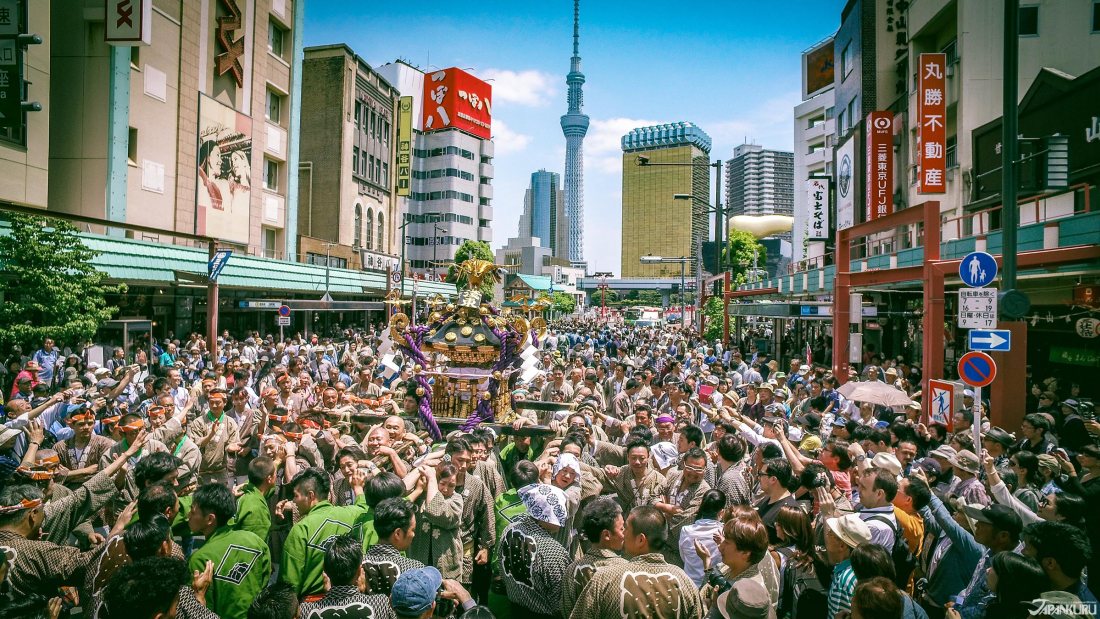
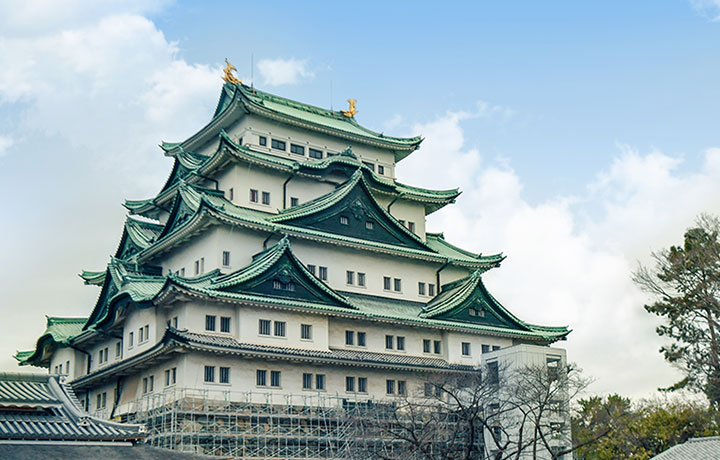
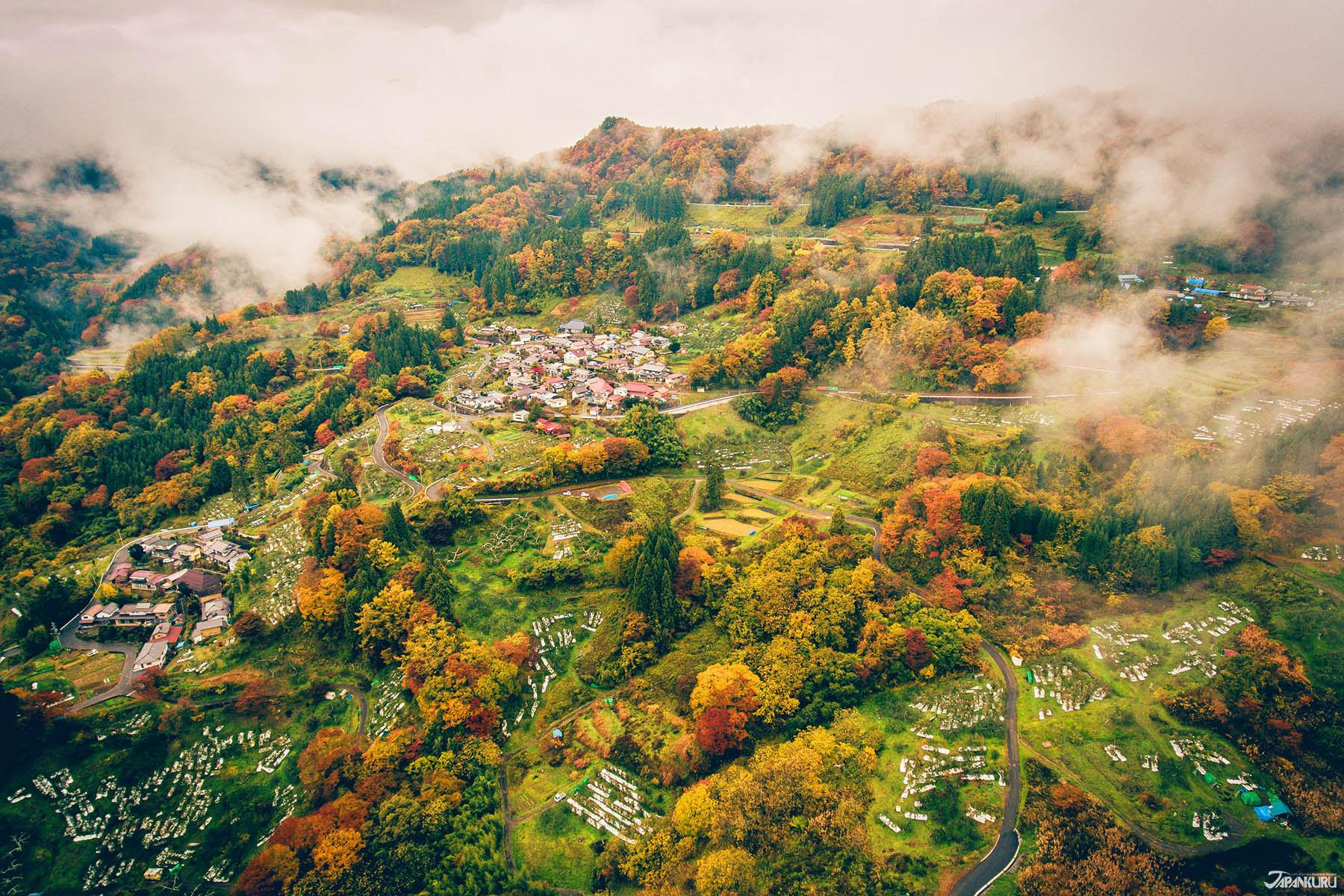
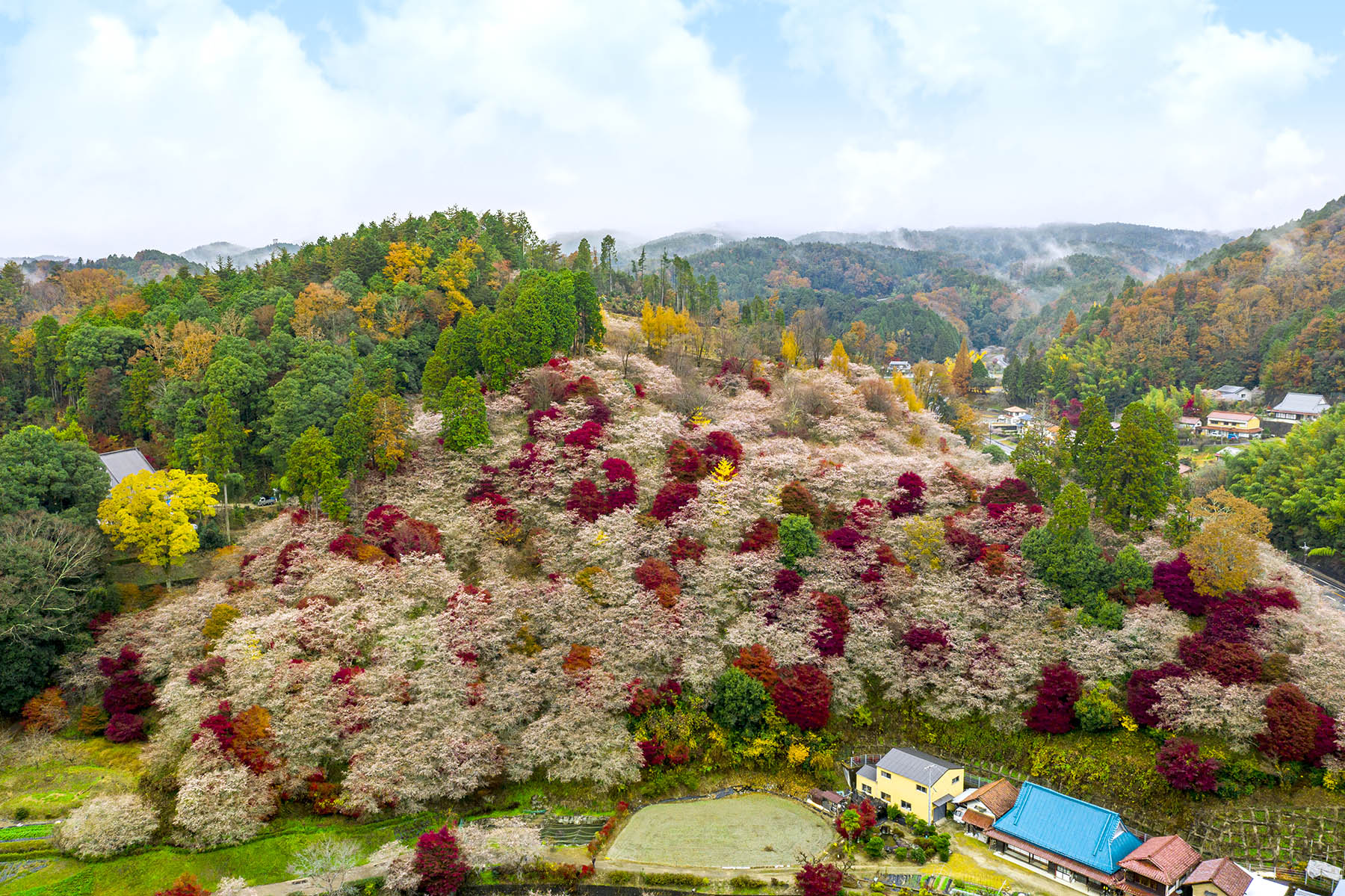
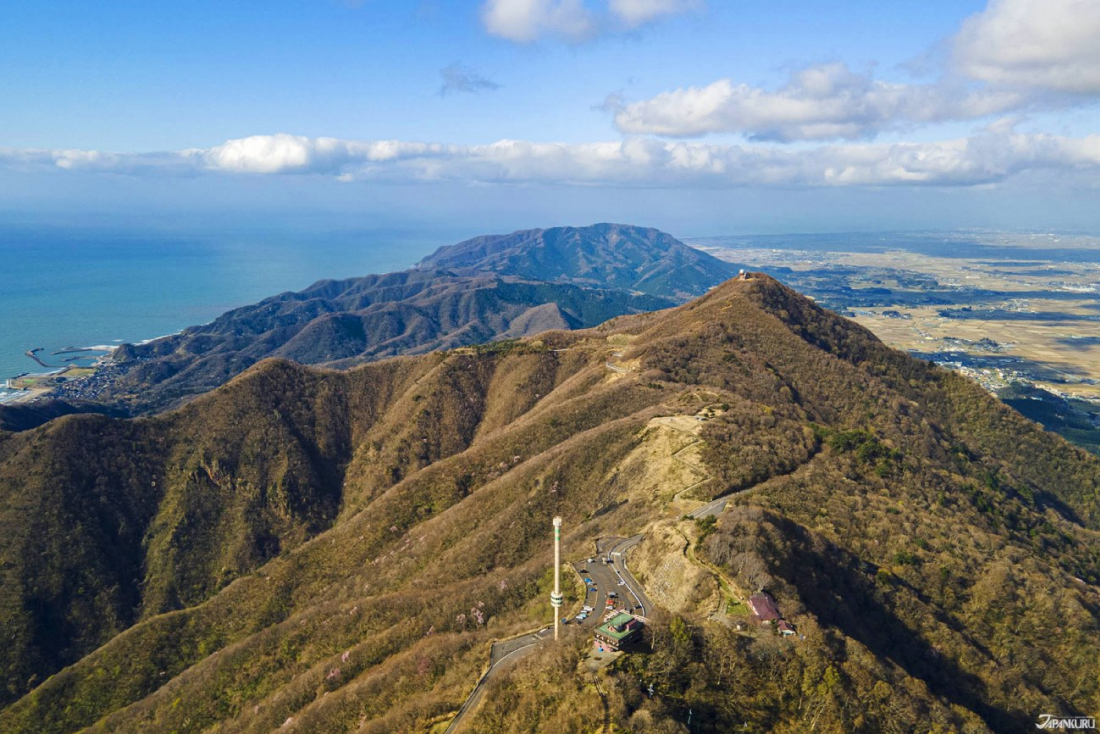
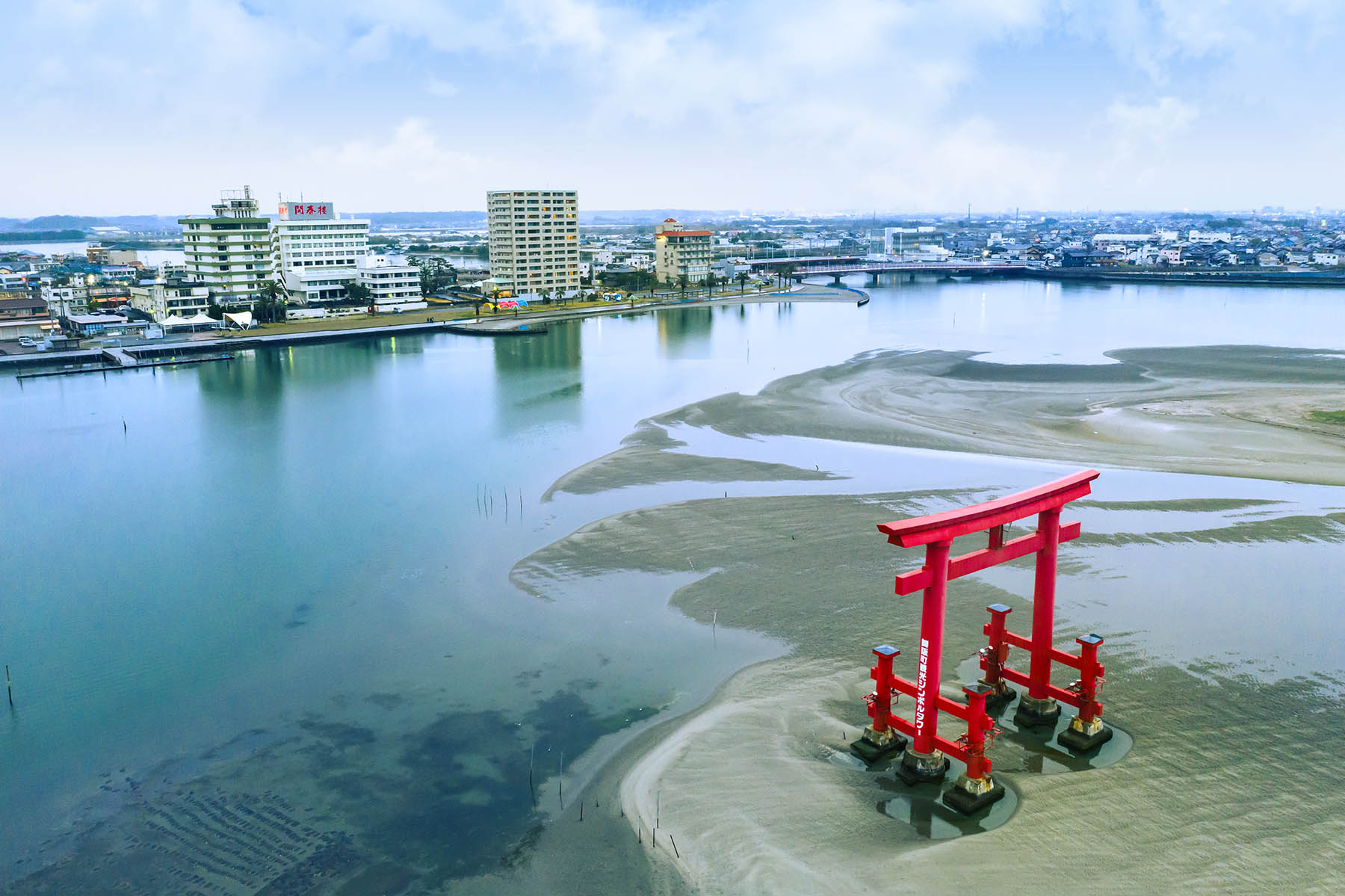
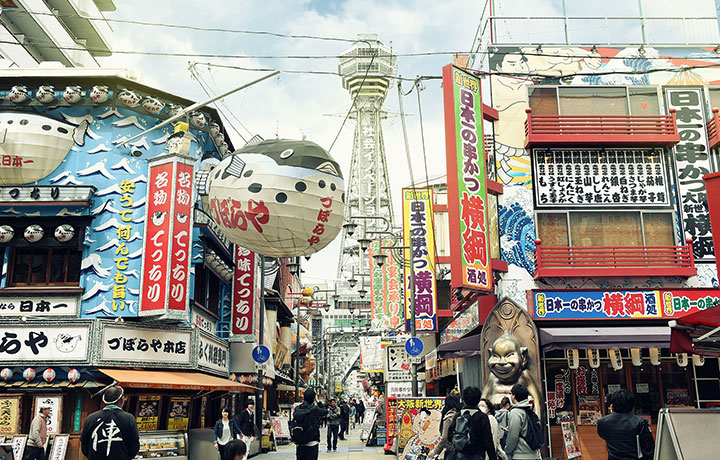

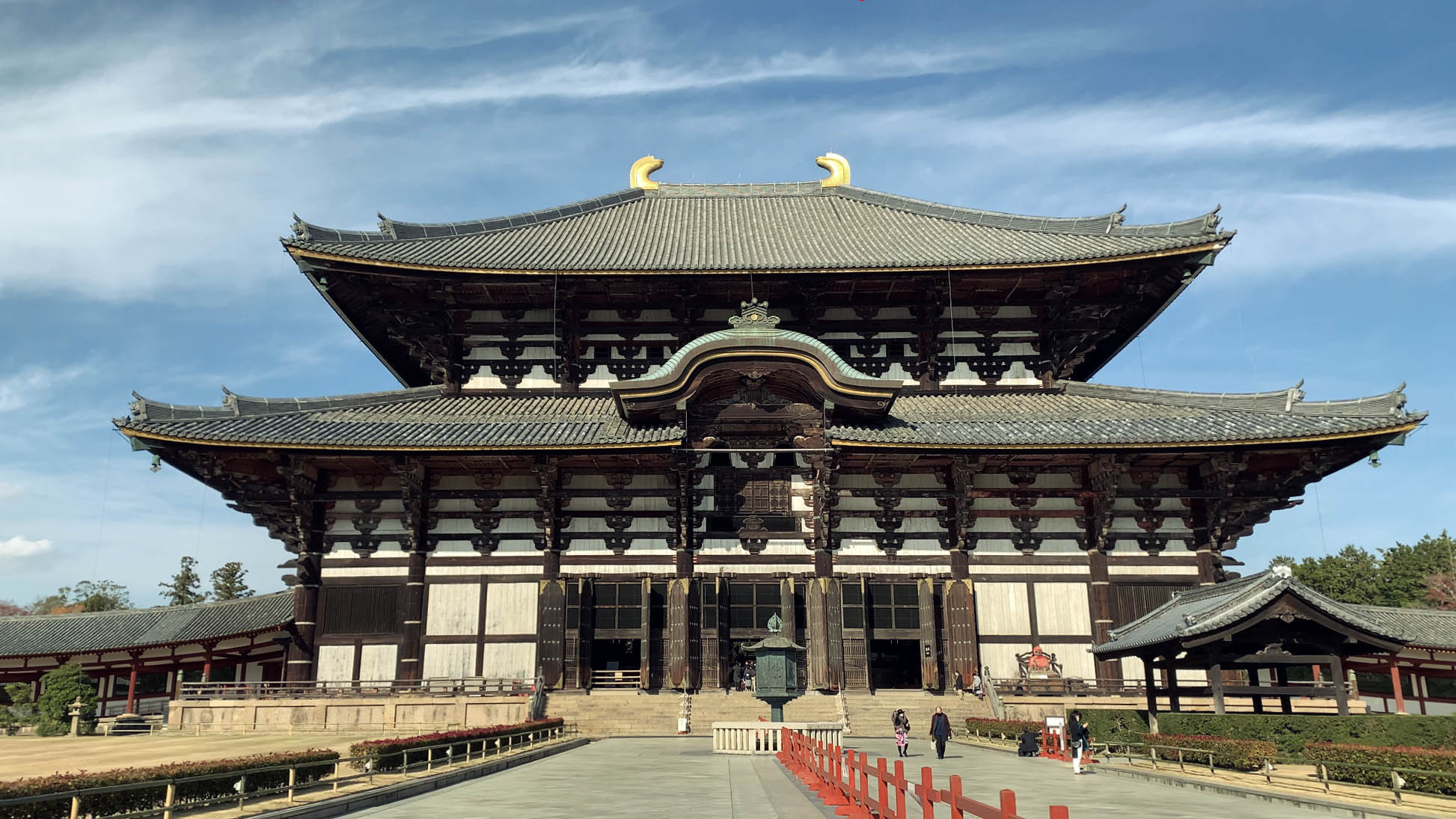
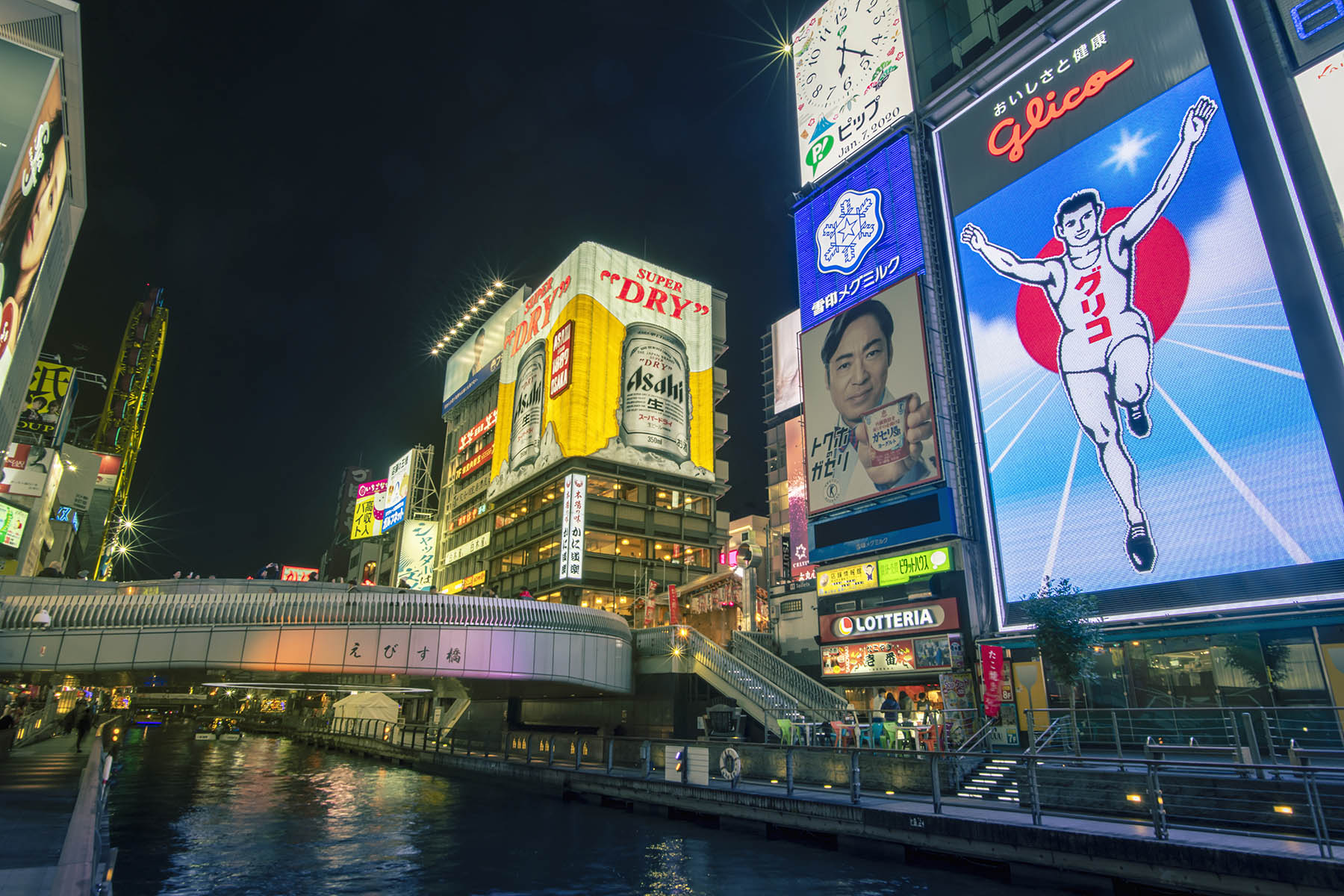
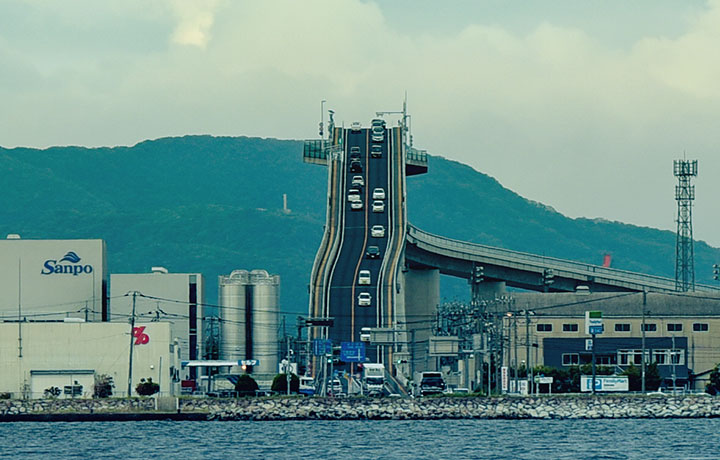
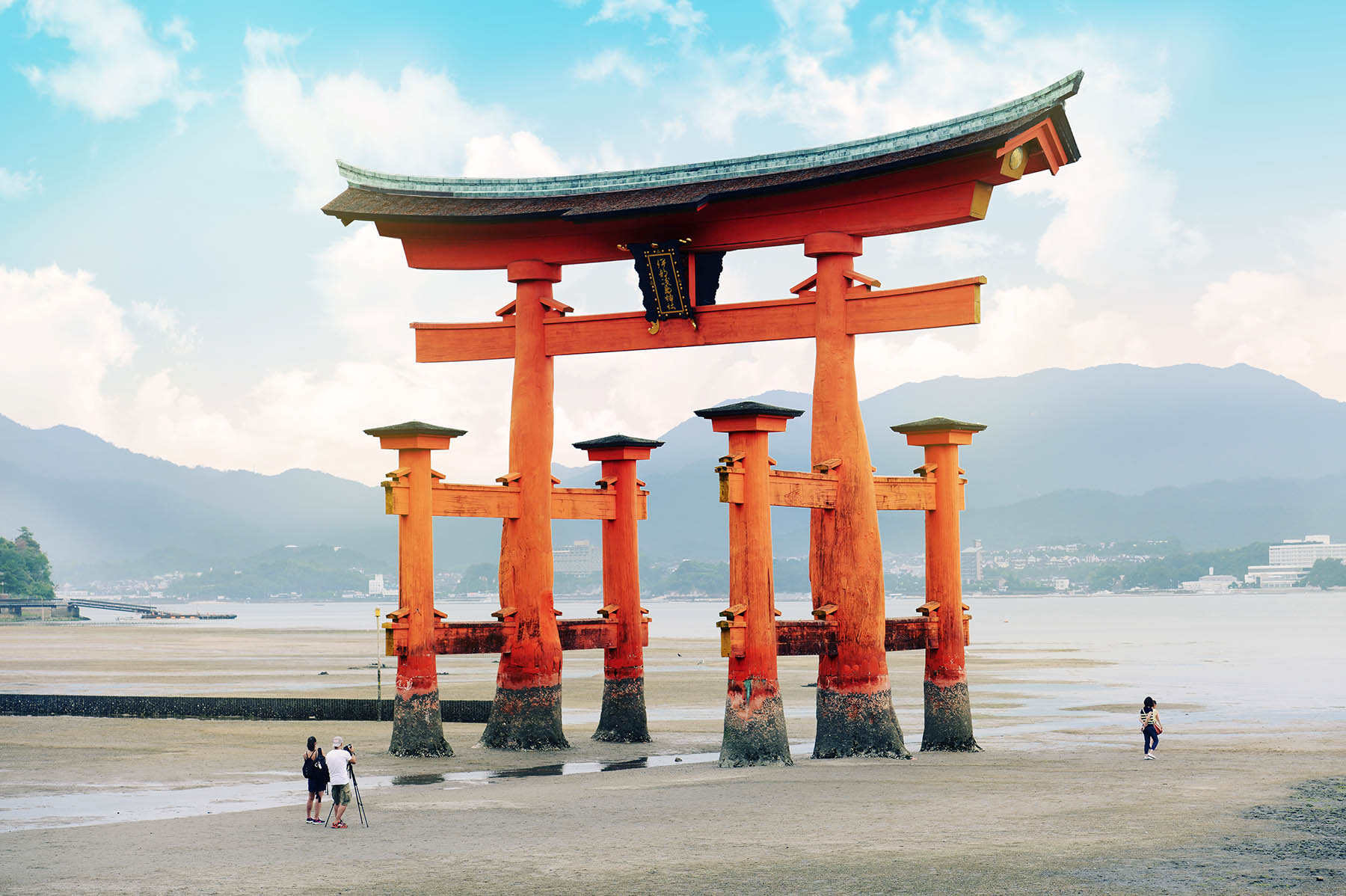
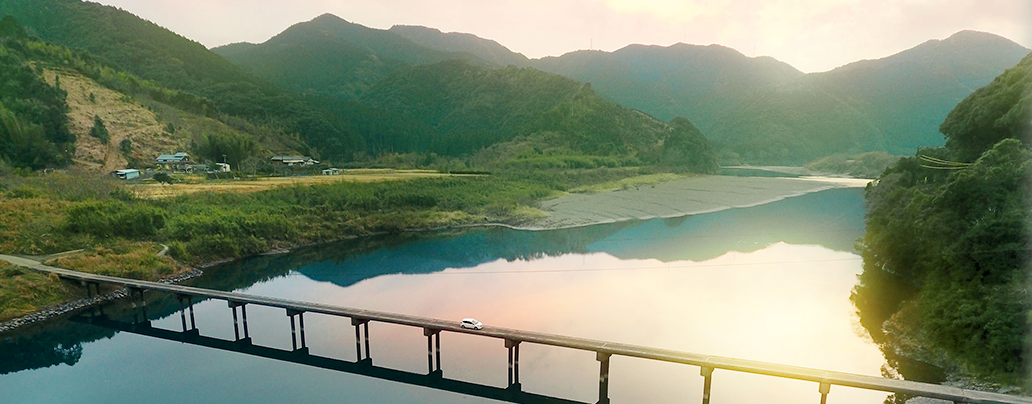
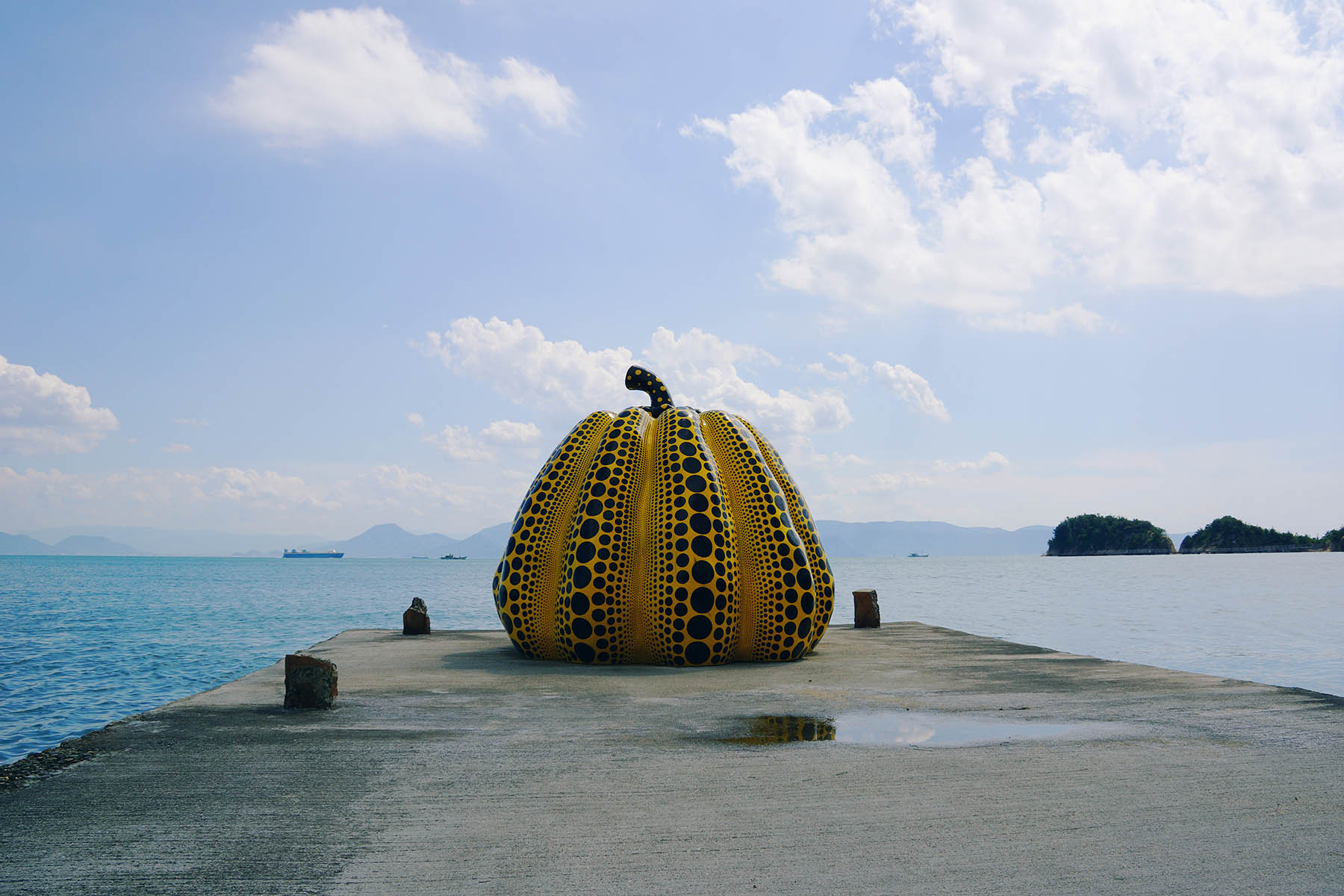
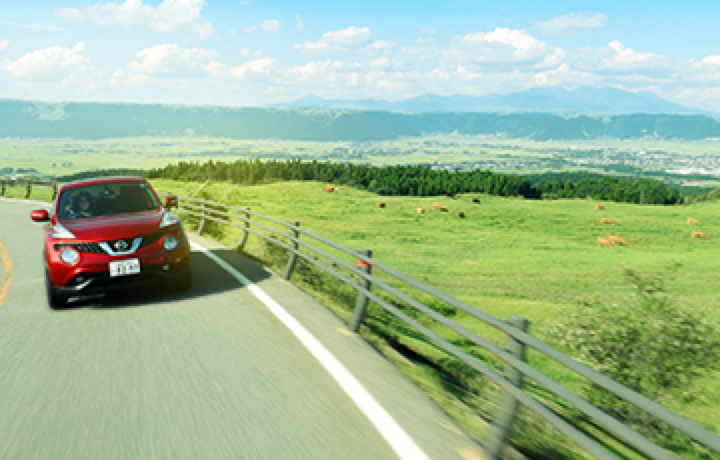
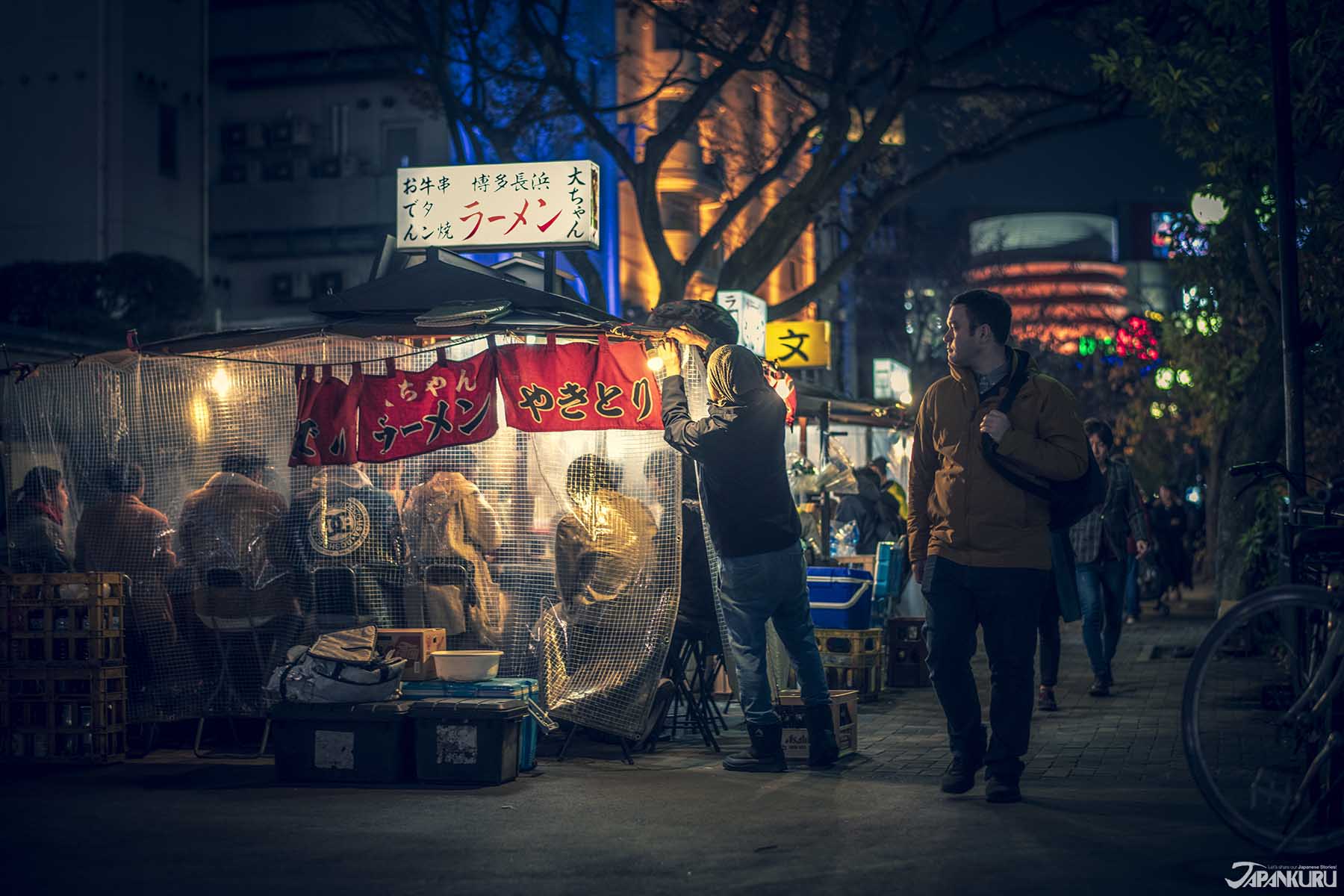
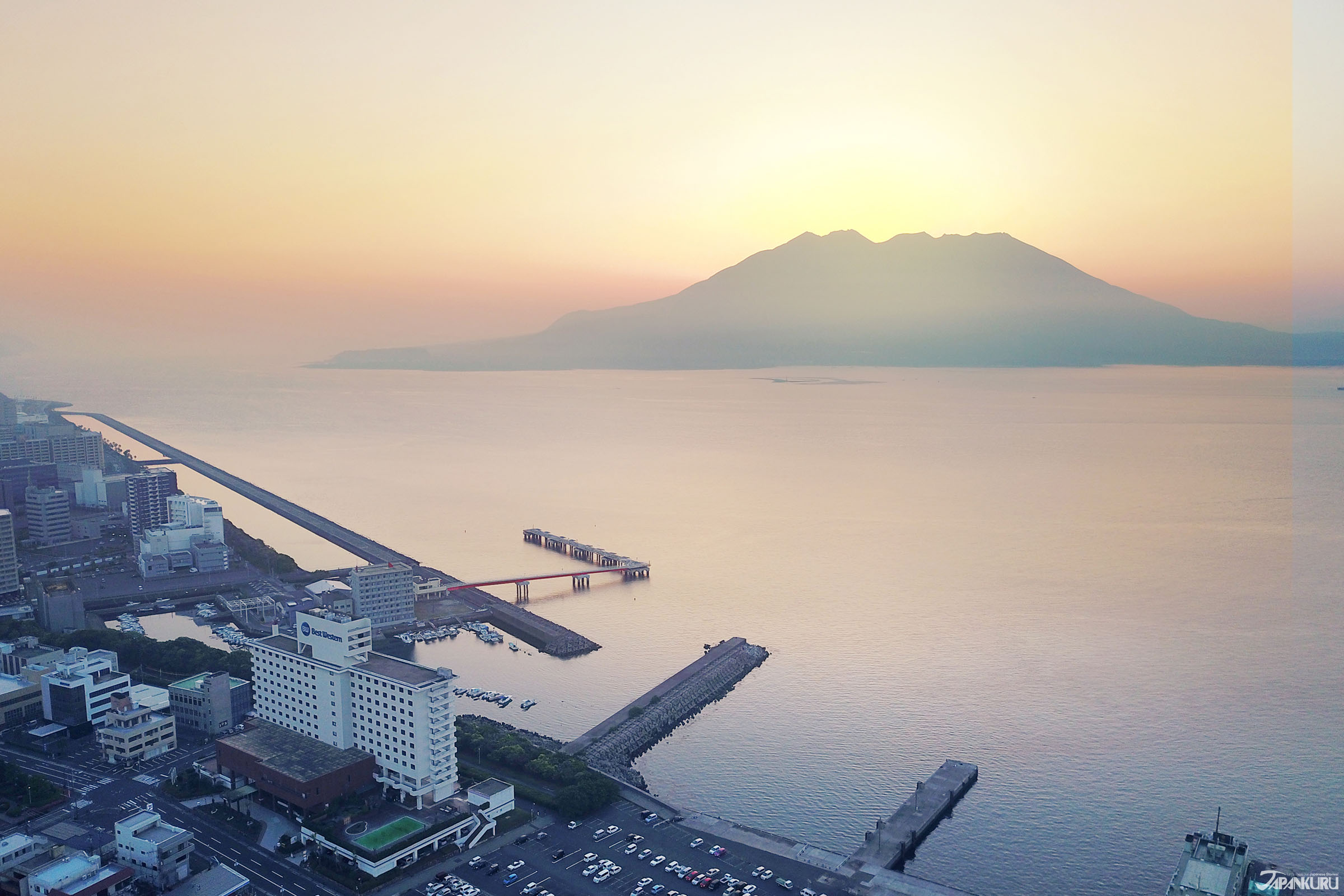
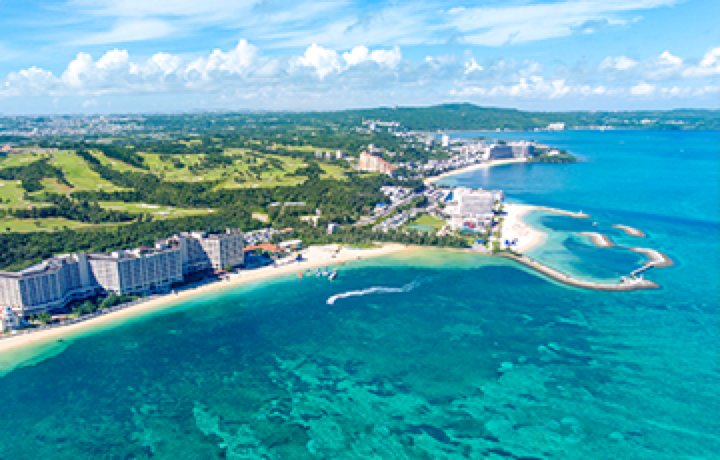


 Oita Hello Kitty Airport
Oita Hello Kitty Airport  Lands April 13th
Lands April 13th



